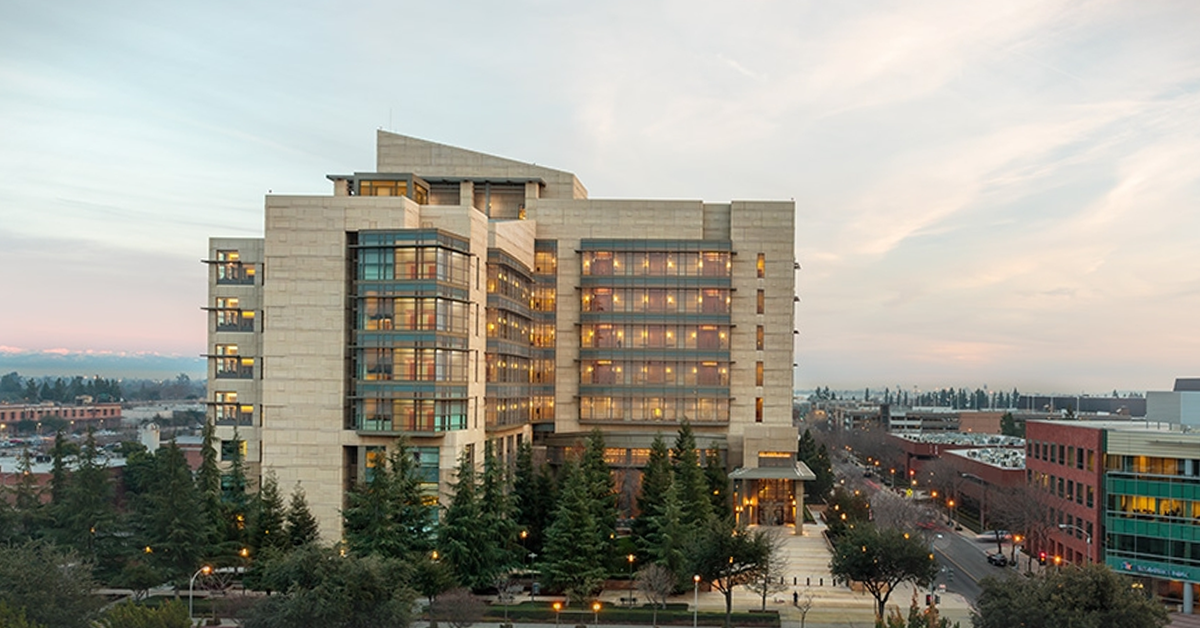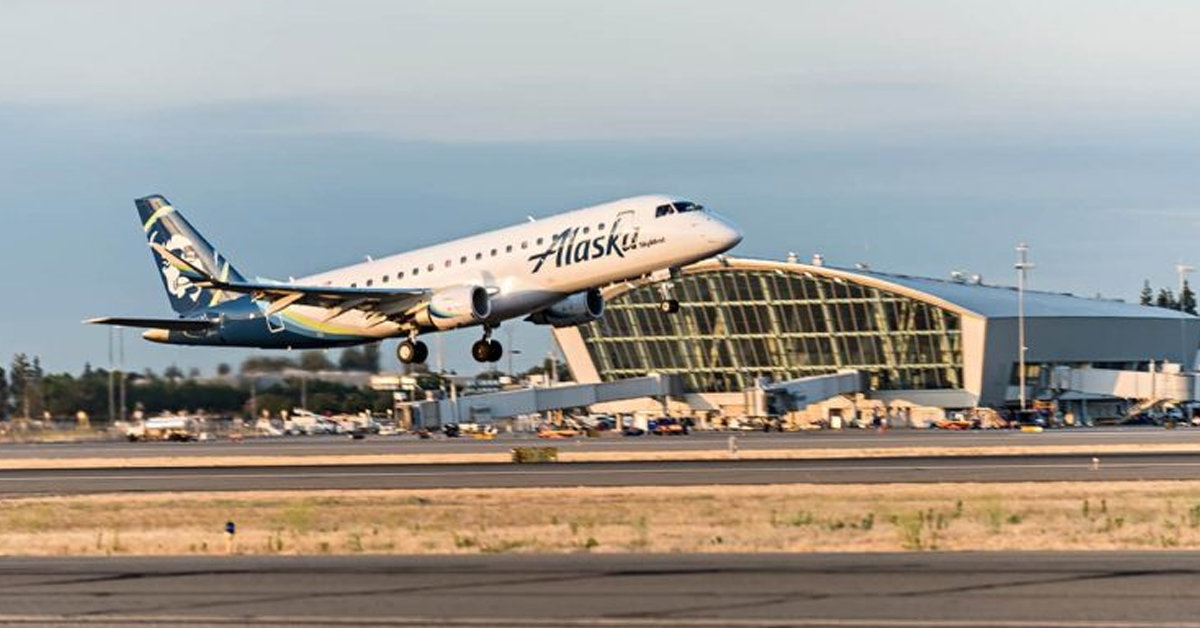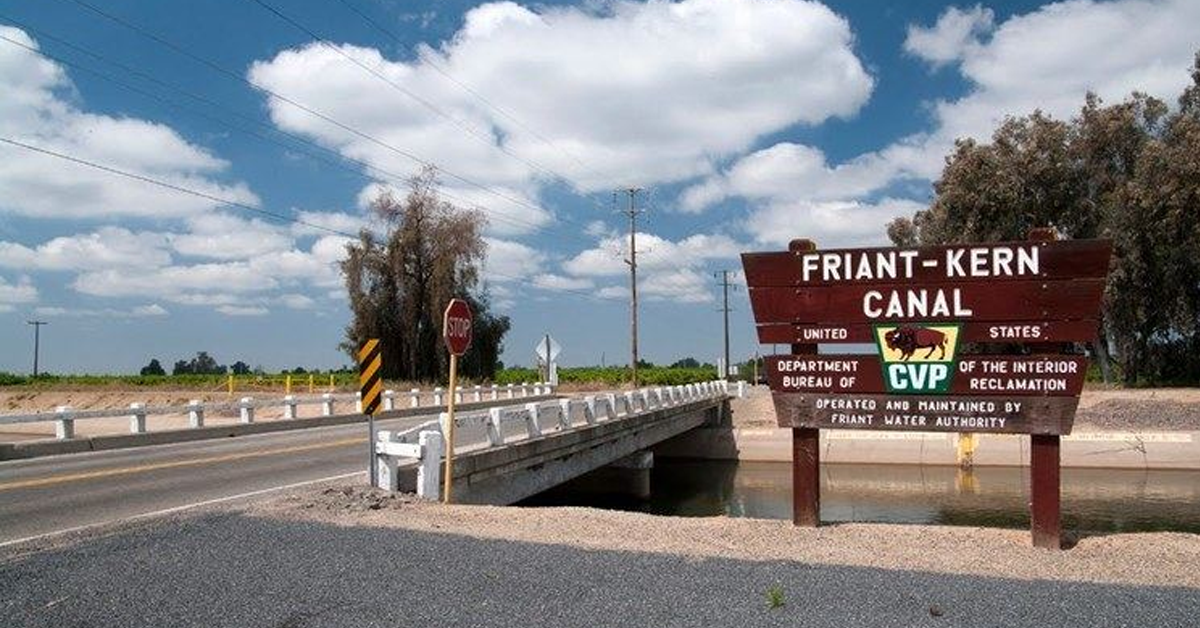The Bureau of Reclamation has announced a rapid increase in water allocations for the Central Valley Project (CVP), following an increase in precipitation levels.
While initial water allocation for the CVP was conservative, additional atmospheric river systems boosted hydrological conditions and storage volumes, allowing for a more robust water supply allocation.
Driving the news: Shasta Reservoir has increased its occupied capacity from 59 to 81 percent, and San Luis Reservoir has increased from 64 to 97 percent since February.
- Both North-of-Delta Contractors and South-of-Delta Contractors for irrigation water service and repayment contractors are seeing their allocation increase from 35 to 80 percent of their contracted total.
- Municipal and industrial water users for both areas have been increased from 75 percent to 100 percent of their historical use.
- Friant Division Contractors, who receive their water supply from Millerton Lake are also seeing an increase in water supply allocations. Class 1, which is the first 800,000 acre-feet of available water supply, remains at 100%. Class 2, which is the next amount of available water supply up to 1.4 million acre-feet, was previously increased from 20 percent to 70 percent on March 7.
What they’re saying: Local lawmakers and water agencies celebrated the announcement as planning continues to accommodate how to best store and utilize upcoming runoff from the Sierra snowpack during the spring and summer.
- “Today’s announcement is welcome news and a big relief to our family farms, local economies, and communities that have suffered from drought conditions, burdensome regulations, and below-adequate water allocations for years. Central Valley users deserve the water they contract and pay for, and we must ensure these allocations are not reduced as the water year progresses. We must maximize what can be moved through the Delta and cut red tape to build critical water storage infrastructure so our communities are more resilient to drought. Our ability to grow food for the nation will not survive without a reliable water supply for South-of-Delta agriculture,” said Rep. David Valadao (R–Hanford).
- “We appreciate the Bureau of Reclamation’s time and effort to increase the water allocation and consider the changes in precipitation, reservoir storage levels, and snow water content in the Sierra that we’ve been blessed with since the initial allocation in February. For farmers and our Westside communities who have dealt with drought, and a 0% allocation these past two years, being in a position to have certainty of additional water supplies for the year to come will help them recuperate, hire and retain staff, and bolster their ability to continue feeding the world,” said Westlands Water District interim general manager Jose Gutierrez.
- “Given the significant increases in reservoir storage and snowpack measurements, the San Luis & Delta-Mendota Water Authority is pleased to see an increase in water allocations for Authority member agencies. California continues to experience rapid hydrologic changes, with a number of atmospheric rivers delivering much needed rainfall and snowpack following the three driest years in California’s recorded history and the resulting devastating impacts to communities served by Authority member agencies,” said San Luis Delta-Mendota Water Authority chief Federico Barajas.
- Despite the boosted water supplies, both agencies decried the lack of increased water storage to preserve resources that otherwise are bound for the Pacific Ocean via the Sacramento-San Joaquin Delta.
- “[T]he decades long delay in investment in water storage and conveyance infrastructure has resulted in large volumes of water being uncaptured for use – water that has caused the devastating harm that many underserved communities have experienced from flooding impacts. Water storage and conveyance infrastructure has multiple benefits, including increasing resilience to both droughts and floods. The Sustainable Groundwater Management Act requires more sustainable conjunctive use – but we must be able to capture maximum sustainable quantities of water in years like this to fully implement the Act without undue harm to communities in the San Joaquin Valley. The time to act is now,” Barajas said.
- “The lack of adequate water infrastructure has left a lot of water the State could have used in future dry periods, uncaptured. In order to have a sustainable water supply system moving forward, California must be able to capture, transport, and store as much water as possible during wet periods to avoid drastic cuts during dry periods,” Gutierrez said.










